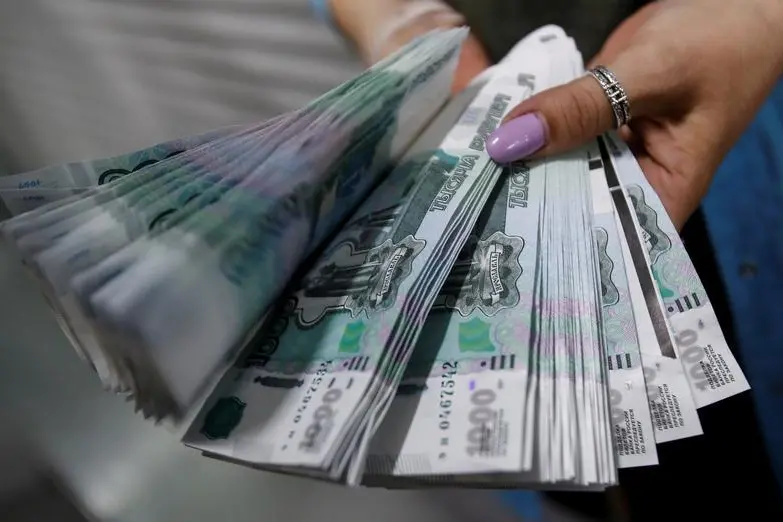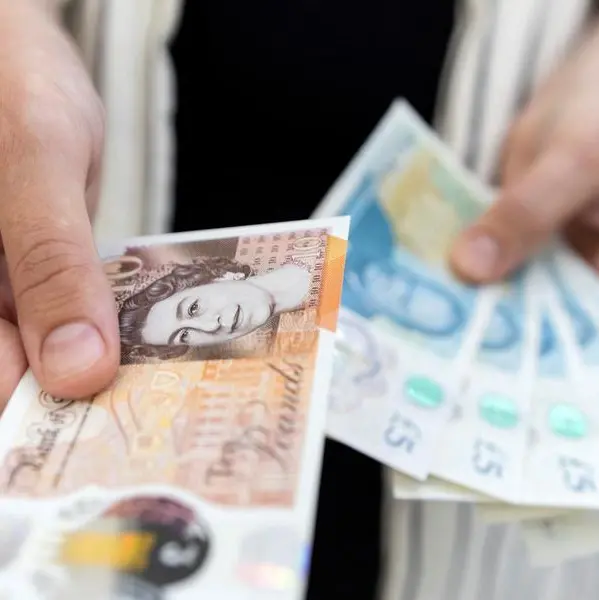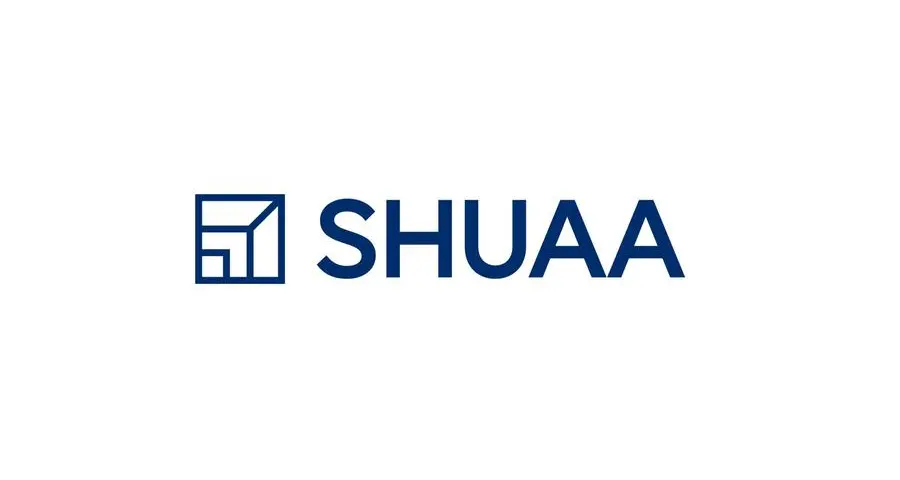PHOTO
MOSCOW - The Russian rouble touched a near 15-month high versus the euro before easing on Monday, supported by rising oil prices, but with risk appetite restrained by weak Chinese economic data and global inflation fears.
At 0740 GMT, the rouble had lost 0.1% to trade at 82.47 versus the euro , after touching 82.1475 in early trade, its strongest mark since July 2020.
Against the dollar, the rouble was 0.2% weaker at 71.17 , not far from 70.9050 hit on Friday, also a near 15-month high.
Promsvyazbank analysts said in a note they expected the rouble to trade between 71 and 71.5 to the dollar on Monday, but improvements in the external background could take it past the 71 mark.
Brent crude oil LCOc1 , a global benchmark for Russia's main export, was up 0.5% at $85.27 a barrel.
The combination of soft economic data in China and higher oil prices has increased investors' fears that inflation could drive interest rates higher, limiting risk appetite.
China's economic growth hit its slowest pace in a year in the third quarter, data showed on Monday, with power shortages crimping factory output.
The rouble is likely to see extra support from higher interest rates at home as the central bank is expected to tighten monetary policy after annual inflation accelerated to 7.63% as of Oct. 11, a level last seen in February 2016.
The market expects the central bank to raise its key rate from 6.75% by at least 25 basis points at its next board meeting on Friday.
Alor Broker analysts forecast a 50 basis point hike on Friday, but said this was largely priced in by the market, meaning the rouble could correct after the central bank's decision.
Russian stock indexes were lower, slipping away from record peaks.
The dollar-denominated RTS index .IRTS was down 1.1% to 1,870.2 points. The rouble-based MOEX Russian index .IMOEX was 0.8% lower at 4,227.0 points, not far from an all-time high of 4,292.68 points hit on Thursday.
(Reoprting by Alexander Marrow; Editing by Timothy Heritage)












